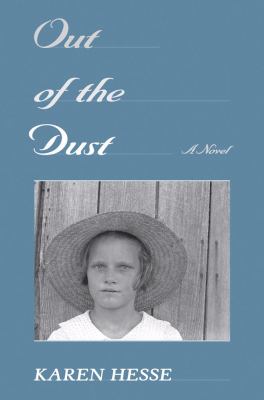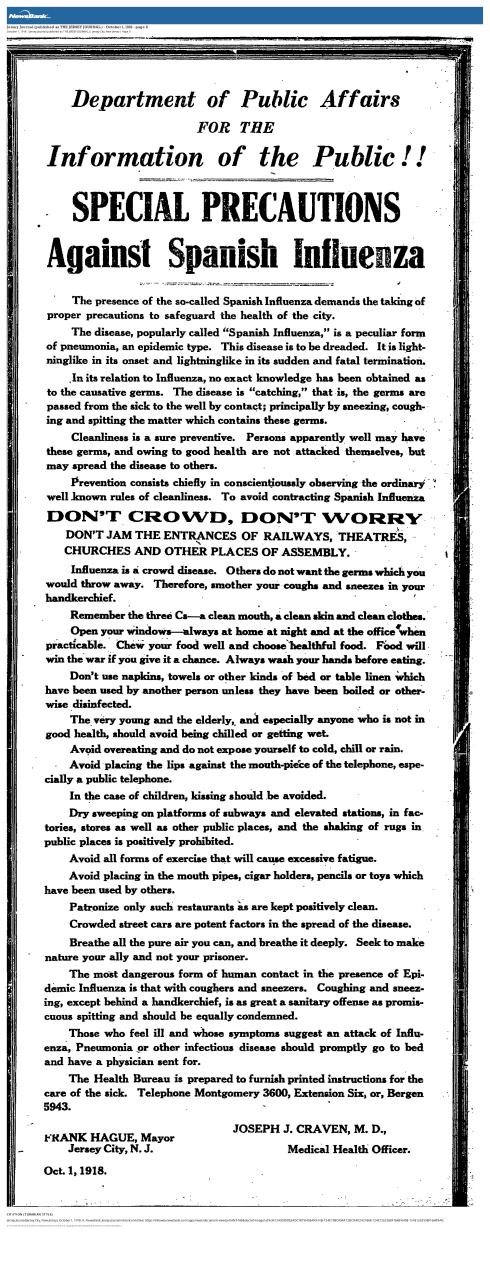Grief from loss is a common occurrence among those that know someone that has passed away during this chaotic time. Mourning the passing of someone comes in different ways. Grief can be expressed through anger, sadness, and even an extreme action. For poetry month, these two fiction young adult books will show the reader different ways characters grieved in a time of instability.
Long Way Down by Jason Reynolds

Will’s brother got gunned down on his way to the neighborhood bodega. He and his grief-stricken mother try to process Shawn’s death. Will retreats to “the rules” in his grieving for his brother. There are three rules which are not to cry, not to snitch (tell who did it), and get revenge. These three rules create a toxic cycle of gun violence in his neighborhood. Will learns this in his grief when he steals his brother’s gun and descends the elevator to find and kill the person that killed his brother. The majority of the story takes place in the elevator that goes down seven floors. On each level, a person from Will’s life connected to gun violence boards the elevator. Each person like his father, classmate, confides in him how “the rules” played a part in their murders. The reader takes in the heart-wrenching drama through a variety of verses that would leave the reader questioning if Will is open enough to take in the message that he is receiving from beyond the grave. It is available from elibraryNJ and eBCCLS as ebooks and digital audiobooks.
Out of the Dust by Karen Hesse

In this historical verse fiction, readers get to learn about a very different America in the early 1930s. The Great Depression was very hard on the average American but especially hard for Americans that lived in Oklahoma like Billie Jo. She is a 15-year-old girl that tries to survive during the Great Dust Bowl. Oklahoma’s countryside was overtaken by dry land due to over-farming and drought. The book begins with Billie Jo’s seemingly happy. When a horrible tragedy affects her and her mother, things fall apart! Hesse does a beautiful job telling the story of grief, family, and adversity through the spirit of a spunky teenage girl. It is available from eBCCLS as an ebook and eLibraryNJ as an ebook and digital audiobook.
Written by:
Elbie Love
YA Library Associate










